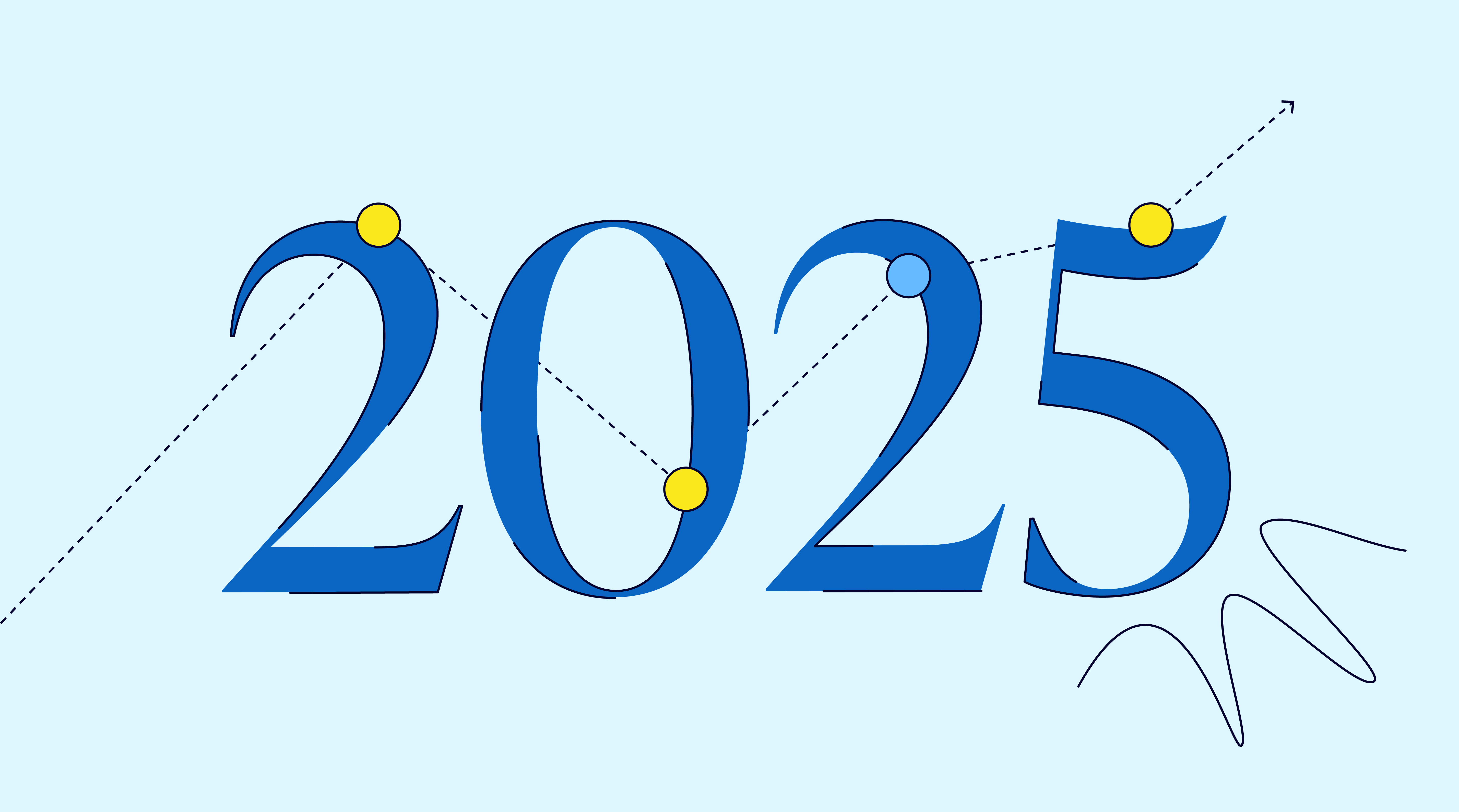Telling the story of damages requires more than presenting numbers–it necessitates communicating the true depth of your client’s losses. Damages represent the full recognition your client deserves for what they’ve endured and continue to endure.
We spoke to Rick Block, Jody Wade, and Clancy Boylan about how they approach building a strong case for damages to achieve 7 and 8-figure results.
1. Tailoring the Narrative for Different Audiences
The approach to presenting damages should be adapted to the audience at each stage of the case:
- During the Demand Stage: Insurance adjusters focus on quantifiable damages and risk assessments. Arguments should be fact-driven, outlining financial losses and future damages with reasonable projections.
- Depositions: Defense attorneys often ask clients, “Tell me everything you can’t do.” Instead of focusing solely on functional limitations, clients should emphasize non-economic damages—mental anguish, loss of enjoyment, and diminished quality of life.
- Voir Dire: Identifying jurors’ perspectives on large damage awards helps attorneys assess biases and frame expectations.
- Trial Testimony: Effective cross-examination of medical experts should focus on key questions: What future medical needs are reasonably certain? Are these opinions within a reasonable degree of medical probability? Is all treatment causally related to the initial injury?
- Before the Jury: Jurors need to see the plaintiff’s life before and after the incident, understand the defendant’s negligence, and fully grasp the real-life consequences. Closing arguments should walk jurors through the verdict form, reinforcing key evidence and testimony to remind them of the emotional and factual weight behind the case.
2. Illustrating the Toll of Pain & Suffering
Words alone are often insufficient to convey the depth of a client’s suffering. To maximize impact, utilizing visual aids to illustrate negligence and damages can ensure that jurors fully grasp the gravity of a case. From demonstrative aids to surgical animations, these tools can make testimony more digestible and serve as anchors in jurors’ minds that can be referred back to during closing arguments.
Each case presents unique opportunities to incorporate visual evidence. The key is not only selecting aids that resonate with the jury but how and when you present them to reinforce your arguments. Consider the following:
Morgan & Morgan attorneys, Clancy Boylan, Hannah Molitoris, and Grant Gillenwater recently won a $29-million verdict by strategically using before and after images of their client. Throughout the beginning of the trial, they primarily showed the jury images of their client before the accident–a healthy, active man who never wasted a minute of his life.
They called their client to the stand last. After a recess, the judge and jury returned to see the client via video call in his long-term care facility. The stark contrast between his condition before and after the accident clearly illustrated for the jury how the accident irrecoverably impacted his life and ultimately led to the groundbreaking victory.
3. Transforming Legal Terminology into Human Stories
Legal terminology in personal injury cases should be translated into compelling narratives that juries understand. Throughout trial, attorneys benefit from consistently connecting the client’s lived experiences to the damages sought.
Consider this strategy from Morgan & Morgan's Rick Block, with 202 jury trials under his belt, he has developed a formula for presenting and calculating damages:
The term “non-economic” isn’t accurately descriptive and can downplay their importance. Reframing as “human” or “pain and suffering” damages during jury selection clearly establishes these damages' true meaning and significance.
Instead of framing damages as a reward, they should be presented as reimbursement for what was taken from the client due to negligence. This shift in language fosters a stronger sense of justice among jurors.
Closing the Deal
Our clients have been told for weeks, months, and perhaps even years that their pain and suffering aren’t real or significant. The power of damages is the final recognition of everything your client has been through as a result of the defense’s negligence.
As our clients’ advocates, we have an important responsibility and opportunity to make a difference in their quality of life. We only get one opportunity to get it right–there is no coming back years later to reconvene a judgment. Damages are for all time, so we do everything we can to get it right the first time.











